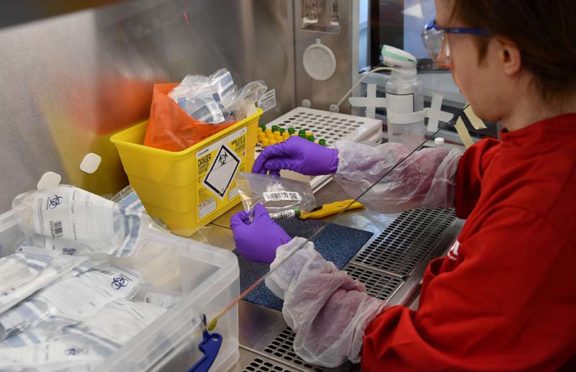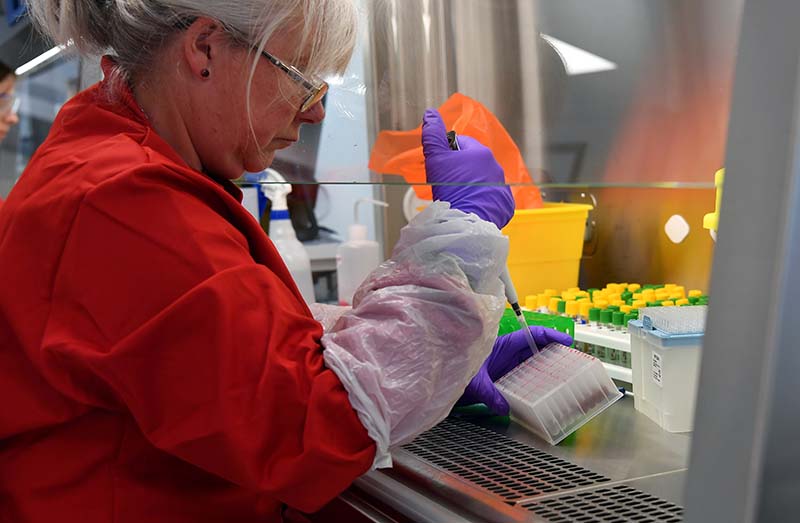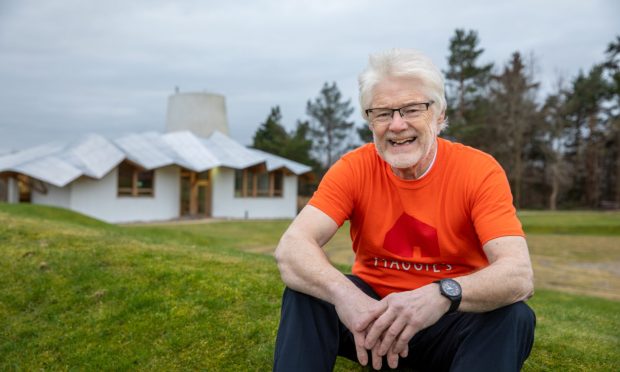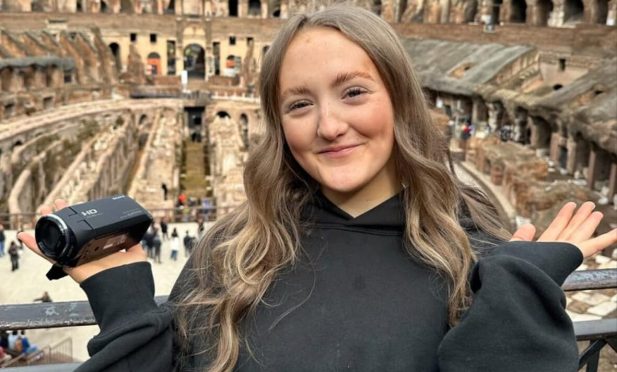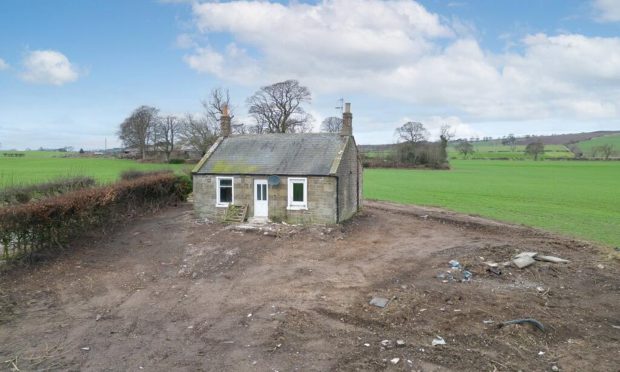The UK Government has put in place the largest network of diagnostic testing facilities created in British history, setting up a state of the art network of virus testing facilities across Scotland. In support of the Scottish Government, the UK Government is providing all COVID-19 testing in Scotland outside of NHS settings for people in Scotland.
Support includes six drive-through centres, two new walk-in sites with more to follow, 20 mobile units as well as home testing kits, testing for care home staff and residents, and – highlighted here – the Glasgow Lighthouse Lab, operating around the clock to process an estimated 50,000 swabs each day, hoping to soon hit a daily target of 85,000.
This time last year, every single one of the estimated 400 people who work at the Lighthouse Lab in Glasgow were doing something else. There was simply no need for a virus testing lab of this scale and ambition in the UK.
What a difference a year makes. The Glasgow “megalab” that now stretches over four floors of a specially commandeered building in Govan is a vital part of the largest network of diagnostic testing facilities yet created by any UK government.
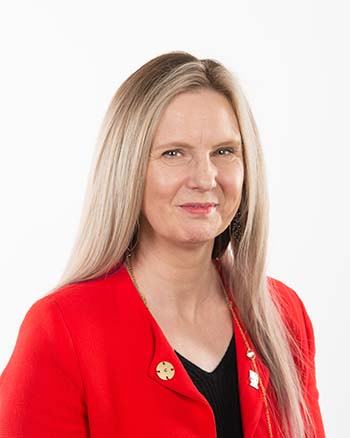 As Chief Operating Officer for the College of Medical Veterinary Sciences at the University of Glasgow, Carol Clugston (pictured) has been involved with the Glasgow Lighthouse Lab since its inception.
As Chief Operating Officer for the College of Medical Veterinary Sciences at the University of Glasgow, Carol Clugston (pictured) has been involved with the Glasgow Lighthouse Lab since its inception.
“The very first day we started, in April,” she recalls, “we did 41 tests. Now we’ve just passed 2.5 million cumulative tests.”
Facilities like the Glasgow Lighthouse Lab are helping to maximise testing capacity in Scotland and across the UK. Increasing the number of people tested is a key part of easing lockdown restrictions and getting people back to work.
Shortly after the Glasgow lab opened in May, a partnership deal was struck with medical research specialist BioClavis, whose company president Harper Van Steenhouse became the lab’s new director.
“It’s amazing what people can do,” he says. “We have taken a bunch of bright, motivated, ambitious people and given them a singular focus – almost, quite truthfully, attempting to save the world. It’s going to pull these people through and provide a skilled workforce for the future. Once the pandemic is over, we’ll have a huge number of skilled people right around the corner.
“As somebody who runs a small business that hires these sorts of people, I’m keen that they’re learning these skills.”
Let’s hope this ill wind does indeed leave something good behind.
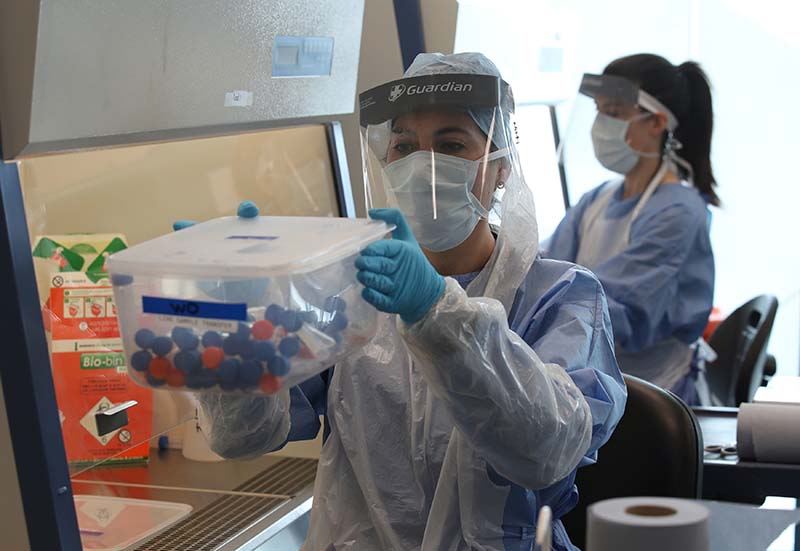
How it works
People get tested if they have COVID-19 symptoms or have been asked to seek a test. Their swab is delivered for analysis to the lab.
“Your swab is inside a tube, which is inside a bag, which is inside a bag, which is inside a box,” explains lab director, Harper Van Steenhouse. “The samples get processed out of their packaging.”
Individual patients can’t be identified from swabs. “All we monitor are barcodes. The scientific team only gets the tube, with the swab in it. And it’s the liquid in the tube that is the patient sample,” assured the company chief. From there lab assistants get the RNA – the virus genetic material – from samples. The data file that comes out the end has the same barcode associated with it.
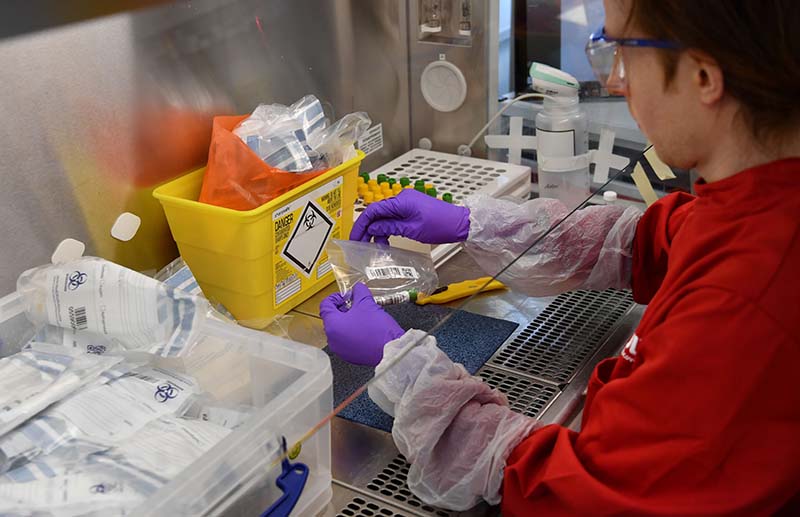
If you have symptoms stay at home and get a test to protect your loved ones.
Learn more at scot.nhs.uk/coronavirus
